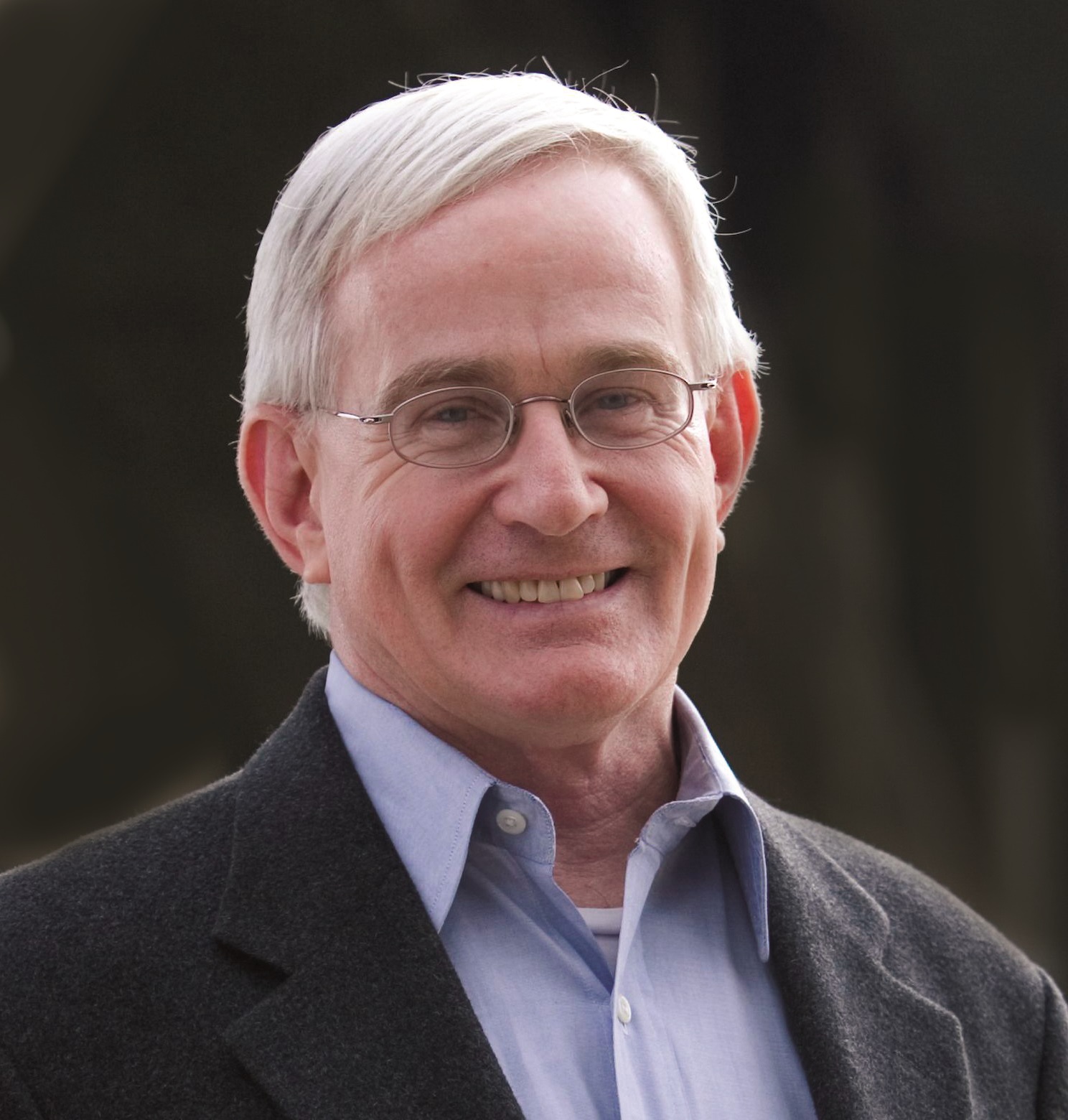Guests of Ann Fisher Show Discuss Emerging Land Use Trends Revealed in New ULI Report and Implications on Housing Affordability, Transportation
Former Pittsburgh Mayor Tom Murphy to Keynote GOPC 2017 Summit
While mayor of Pittsburgh, Murphy initiated a public-private partnership strategy that leveraged more than $4.5 billion in economic development in the city. He developed strategic partnerships to transform more than 1,000 acres of blighted, abandoned industrial properties into new commercial, residential, retail, and public uses, and oversaw the development of more than 25 miles of new riverfront trails and parks. Murphy also served eight terms in the Pennsylvania House of Representatives and is the author of a number of reports that document how communities can leverage limited public resources for dramatic change.
Drawing on his extensive experience in urban revitalization, Murphy will discuss strategies and policies that successfully drive investment and long-lasting impact in weak-market cities of all sizes.
Register today for GOPC's 2017 Summit, Investing in Ohio's Future: Maximizing Growth in our Cities and Regions to attend Murphy’s keynote address and learn from experts, policymakers, and local leaders as they present cutting-edge strategies, new tools, and policy solutions that lay the foundation for building prosperous cities, suburbs, exurbs, and regions in Ohio.The Summit will take place March 7th and 8th, 2017 at the Westin Hotel in downtown Columbus.We look forward to seeing you there!
Urban Attraction in Ohio
 The recent upsurge in demand for rental properties in Columbus’ downtown neighborhoods has gained increasing exposure in news sources. The Columbus Dispatch article “Urban Renewal” notes that, “The urban-living renaissance is real” and that
The recent upsurge in demand for rental properties in Columbus’ downtown neighborhoods has gained increasing exposure in news sources. The Columbus Dispatch article “Urban Renewal” notes that, “The urban-living renaissance is real” and that
“more and more people, especially young singles, have come to demand the benefits that only city life can bestow: restaurants, entertainment, parks and workplaces within walking distance; a lively atmosphere; and plenty of other young professionals as neighbors.”
These trends are also apparent in U.S. Census data: between 2000 and 2010, the City of Columbus grew in population by 10.6%.
National trends, cited by the likes of LOCUS President Chris Leinberger and the Urban Land Institute, have suggested that both Baby Boomers and Generation Y are moving back to inner cities to take advantage of the many available amenities and walkable communities. At Greater Ohio Policy Center, we were interested in finding whether these trends held true for Ohio’s eight largest cities.
An upcoming GOPC report will explain the trends for Baby Boomers and Generation Y living in and around Ohio’s major cities. The graphs below present a preview of some of our findings:
Figure 1. The above chart compares the percentage of Baby Boomers (born between 1946 and 1965 for this study) and Generation Y (born between 1981 and 2000 for this study) in the City of Columbus and the surrounding metropolitan area between 1970 and 2010. There was a 6.04% growth of Generation Y in City of Columbus from 2000 to 2010. Source: U.S. Census.
Figure 2. The above graph shows the general decline in the percentage of Baby Boomers in Ohio’s eight largest cities from 1970 to 2010. Source: U.S. Census.
Figure 3. The above graph shows the change in percentage of Generation Y in Ohio’s eight largest cities between 2000 and 2010. Source: U.S. Census.
What do these trends mean for Ohio’s major metropolises?
Columbus Dispatch article “Rush to rent, and build apartments,” Columbus Underground post “Neighborhood Launch to Break Ground on New Apartments and Condos in 2012,” and NPR piece “Rust Belt Reboot Has Downtown Cleveland Rocking” call attention to the developers who are struggling to keep up with the demand for rental residences in walkable urban communities in Columbus and Cleveland, respectively. This demand for walkable neighborhoods with nearby amenities may increase as Baby Boomers age and desire more convenient lifestyles as well as proximity to their children and grandchildren. As for retaining these populations, especially Generation Y, in urban areas—thereby helping to decrease our collective fossil fuel consumption, urban vacancy and blight, health issues related to inactivity, and greenfield consumption—our cities will have to compete to provide employment, quality schools, and world-class amenities.
GOPC’s upcoming report will further explain what these and other trends mean for Ohio’s major cities, and what policy drivers and incentives can be offered to attract and retain our country’s two largest demographic groups: the Baby Boomers and their children.







